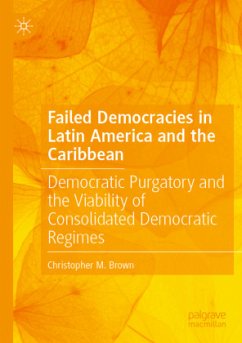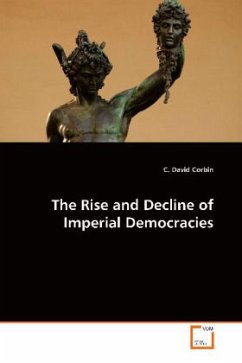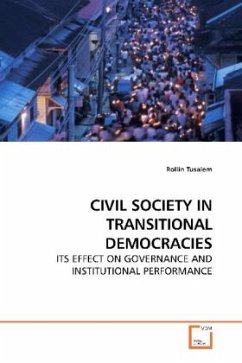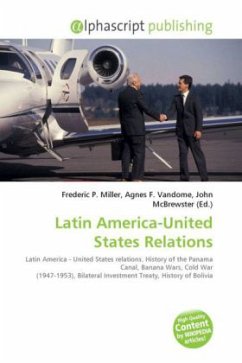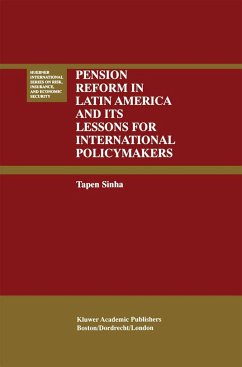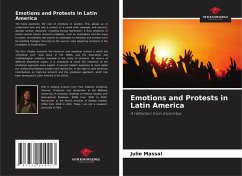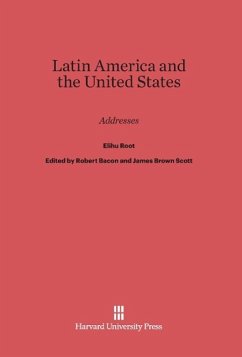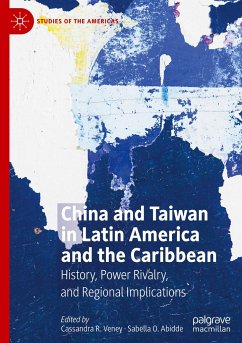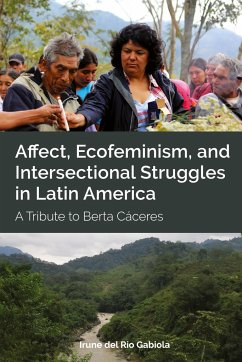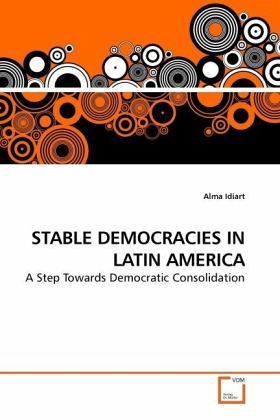
STABLE DEMOCRACIES IN LATIN AMERICA
A Step Towards Democratic Consolidation
Versandkostenfrei!
Versandfertig in 6-10 Tagen
32,99 €
inkl. MwSt.

PAYBACK Punkte
16 °P sammeln!
Stable Democracies in Latin America re-examines Rueschemeyer, Stephens, and Stephens' book Capitalist Development and Democracy (1992). Alma Idiart develops a comparative historical analysis of democratization and theory building for Latin America by using Qualitative Comparative Analysis (QCA) as a technique for theoretical revisions. Use of QCA for the cases analyzed by the authors sharpens the identification of structural conditions (political and socioeconomic) indeed, general historical paths favoring stable democracy in Latin America in two different periods, initial democratization and ...
Stable Democracies in Latin America re-examines Rueschemeyer, Stephens, and Stephens' book Capitalist Development and Democracy (1992). Alma Idiart develops a comparative historical analysis of democratization and theory building for Latin America by using Qualitative Comparative Analysis (QCA) as a technique for theoretical revisions. Use of QCA for the cases analyzed by the authors sharpens the identification of structural conditions (political and socioeconomic) indeed, general historical paths favoring stable democracy in Latin America in two different periods, initial democratization and second-waves of democratization. For initial democratization two paths are identified. One is defined by non-mining export sectors aided by clientelistic parties. The other is shaped by the same sectoral configuration aided by institutions of elite contestation. For latter waves, three configurations are defined by the combination of two of the following three factors: 1) the absence of industrialization preceding democratization processes; 2) the presence of strong mechanisms of elite electoral contestation; and 3) a history of previously stable democracies.



